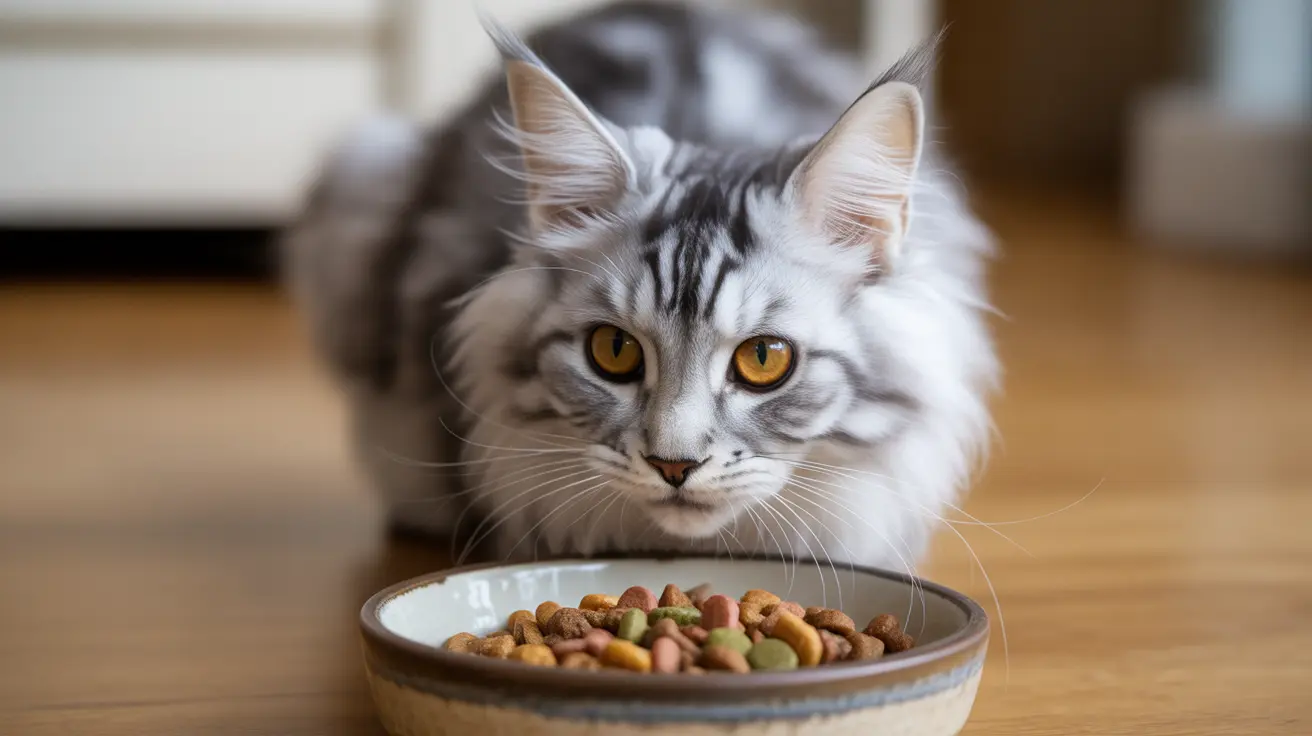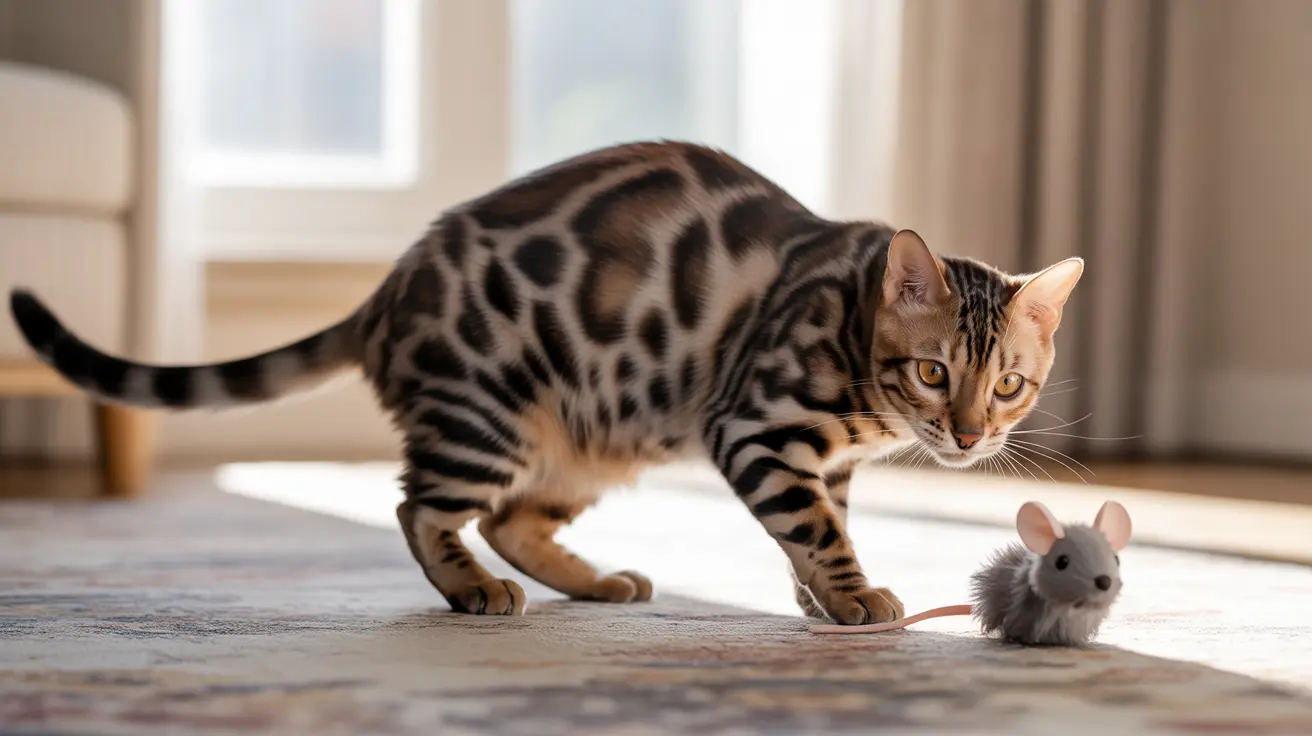Understanding the Genetic Similarity Between Humans and Cats
It might come as a surprise to many, but humans and cats share about 90% of their DNA. This fact often leads people to wonder why such genetically different creatures—one being a domesticated feline and the other a highly evolved primate—could share so much genetic material. To understand this better, it's essential to delve into the science of genetics and evolutionary biology.
1. The Basics of DNA
Deoxyribonucleic acid, or DNA, is the molecule that carries genetic information in all living organisms. DNA determines everything from physical traits to cellular functions. Most living beings on Earth share common genetic building blocks, which is why there can be overlap even between seemingly unrelated species.
2. The Concept of Shared DNA
- Shared DNA refers to the percentage of genetic material that two organisms have in common.
- This does not imply behavioral or physical similarities, but common ancestral origins.
- The greater the shared DNA, the more recent the common ancestor is presumed to be.
3. Why Do Humans Share DNA With Cats?
Both cats and humans belong to the kingdom Animalia, the phylum Chordata, and the class Mammalia. This shared classification means we have a relatively recent common ancestor compared to non-mammals.
More specifically, mammals diverged from a common ancestor about 75–100 million years ago. Despite millions of years of separate evolution, many genes have remained remarkably similar because they are essential for basic biological functions such as metabolism, reproduction, and cellular repair.
4. Implications of a 90% DNA Match
- The 90% shared DNA includes genes responsible for essential functions like muscle structure, metabolic processes, and neurological pathways.
- Medical research has benefited from this similarity; for instance, feline models are sometimes used to study genetic disorders in humans.
- The remaining 10% accounts for significant differences in cognition, physical structure, language, and behavior.
5. Comparison With Other Species
To put human-cat genetic similarity in perspective, here’s how much DNA humans share with other species:
- Chimpanzees: About 98–99%
- Dogs: About 84%
- Rats: About 85%
- Cows: About 80%
- Fruit Flies: About 60%
- Bananas: About 60%
This comparison shows that DNA similarity is common even across vastly different species, particularly because all life on Earth evolved from a common origin.
6. Does This Mean We Are Related to Cats?
In a broad evolutionary sense, yes. The shared 90% of DNA is a testament to our common ancestry among mammals. However, this doesn’t mean a direct relationship akin to familial ties but rather points to the shared foundation of mammalian biology.
7. Evolutionary Path of Cats and Humans
While both humans and cats are mammals, their evolutionary paths diverged long ago. Humans evolved from primates, more specifically from hominid ancestors, leading to Homo sapiens. Cats evolved within the Feliformia suborder of the Carnivora order. This group also includes other cat-like species such as lions, tigers, and leopards.
Interestingly, cats and dogs, though both in the Carnivora order, belong to different suborders: Feliformia for cats and Caniformia for dogs. Bears and dogs are more closely related to each other under Caniformia, while cats remain genetically distant from both.
8. What Makes Humans Unique?
Despite the high degree of genetic similarity with other animals, humans possess unique genetic traits that enable advanced cognitive abilities, complex language, and symbolic thinking. These traits arise from a small but distinct portion of our genome, emphasizing that even small genetic differences can have vast phenotypic implications.
9. Practical Importance of Shared DNA
- Medical Research: Understanding shared genes helps researchers in developing treatments and learning more about hereditary diseases.
- Genetic Engineering: Shared DNA forms the basis for genetic modification techniques used in agriculture and medicine.
- Behavioral Studies: Comparative studies between species help in identifying the neurological basis of behavior and cognition.
10. Conclusion
While it may seem surprising, the scientific consensus confirms that humans and cats share about 90% of their DNA. This genetic link underscores the broader narrative of life’s interconnectedness and the remarkable conservation of essential genes through evolutionary history. Understanding these connections can enhance our appreciation for the natural world and support ongoing advancements in science and medicine.





